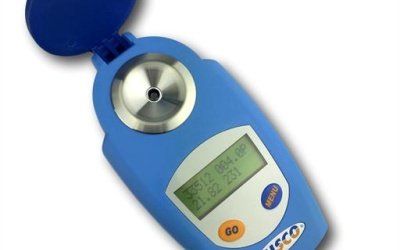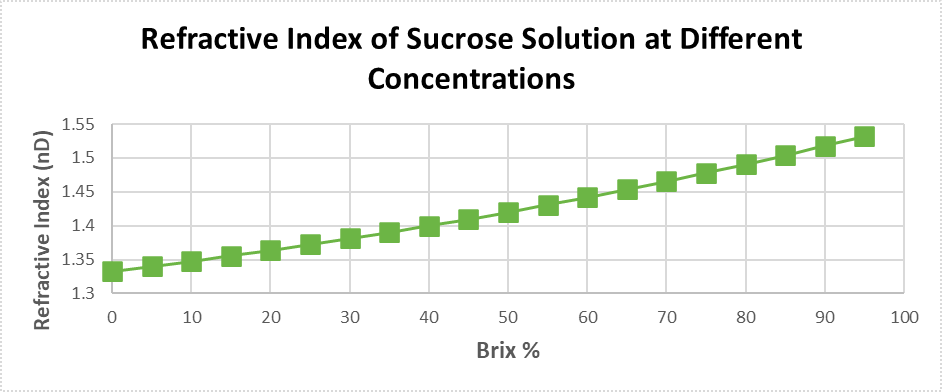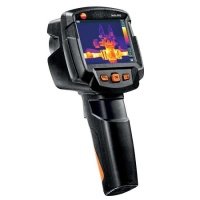How Does a Brix Meter Work?

Brix meters are devices used for an assortment of jobs across many industries, but most notably in the food and beverage industry. They provide a quick and accurate measurement of Brix in almost any liquid sample. If you have ever used a Brix meter and become even slightly curious about its inner workings, wonder no more.
What is Brix?
Brix is the sugar content of an aqueous solution. One degree Brix is 1 gram of sucrose in 100 grams of solution and represents the strength of the solution as percentage by mass. If the solution contains dissolved solids other than pure sucrose, then the °Bx only approximates the dissolved solid content.
Why Measure Brix?
Brix can be used to measure sucrose found within vegetables, juices, soft drinks, wine, beer, and many more plant-based foods. Brix measurement is significant as there is a direct correlation between a plant's Brix value and its taste, quality, potential alcohol content, and nutritional density.
How does a Brix Meter Work?
As light enters a liquid at an angle, it changes direction. This occurrence is called refraction. Light will refract more when it travels through a liquid containing dissolved or suspended solids. Therefore, you can exploit refraction to measure the concentration of dissolved or suspended solids within a solution.
Refractometers are scientific instruments that measure refraction angles and correlate them to an already established refractive index (nD). See table 1 (below) for the refractive index of sucrose solution at different concentrations.

Table 1 Refractive Index of Sucrose Solution at Different Concentrations Source: Atago Instruments
Types of Brix Meters
Optical or Analogue Refractometers
These simple devices require no external power to operate. You obtain a Brix reading by adding a sample solution to the refractometer's prism, closing the lid, and then holding the device perpendicular to a light source to look through the lens to read an internal scale. The Brix reading is where the light and dark areas meet on the scale.
Watch to use an optical type refractometer in the video below:
Digital Refractometers
The digital refractometer produces its own LED light source and beams it through the sample. The device will assign the resulting refraction a numeric value based on the Brix scale. The result will appear on an LCD screen within a matter of seconds.
Watch an example of a digital refractometer in action below:
Conclusion
Brix meters are powerful, useful tools used for quality and product analysis across several industries. Although Brix meters come in a range of different shapes and sizes and employ different mechanisms for the creation of the light source, they all use the same basic principle of light refraction to obtain fast, accurate measurements.
Also interesting
While noise is a part of life, regular, prolonged, or unprotected exposure to loud sounds is hazardous. This article focusses on how you can measure noise, and we provide examples of some of the most popular, contemporary devices you can use to measure noise levels.

Unlike your iPhone’s camera, thermal cameras take pictures of invisible infrared radiation. This radiation is also known as infrared light and is given off by all objects. The hotter the object, the more infrared light is emitted and then measured by a thermal camera. These specialised instruments are widely used in the building industry and in facilities management for such applications as building, pest or electrical inspections. So, how do they work and how do you find the right model for your needs?


